Decode how AI is reshaping careers in 2026 with our Head of AI Programs in a LIVE online session. Register Now.
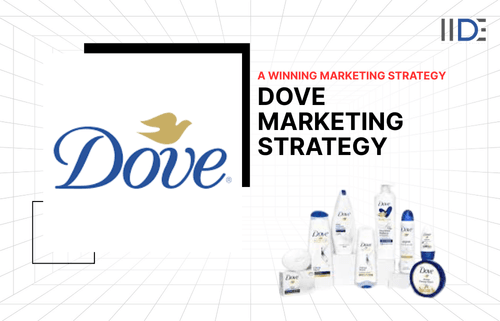
Updated on Dec 12, 2025
|6,457K+ views
Share on:
Dove’s 2025 marketing strategy focuses on inclusivity and authenticity, tackling unrealistic beauty standards in the AI era. Using social media, influencer campaigns, TV, print, and in-store activations, Dove reached millions globally while promoting confidence and self-esteem.
Initiatives such as the Real Beauty DNA tool, collaborations with influencers, and educational content have strengthened brand trust. With new strategies such as AI-driven feedback loops, AR-enabled offline media, and cause-driven partnerships, Dove continues to lead the way in redefining beauty worldwide.
Before diving into the article, I’d like to inform you that the research and initial analysis for this piece were conducted by Ishita Bhosale. She is a current student in the IIDE PG in Digital Marketing & Strategy (March 2025 Batch).
If you found this helpful, feel free to reach out to Ishita Bhosale to send a quick note of appreciation for her fantastic research; she’ll appreciate the kudos!
About Dove
Dove, a personal care brand under Unilever, offers a range of skincare, haircare, and hygiene products for men, women, and children. Launched in 1957 in the USA by Lever Brothers, Dove is now available in over 150 countries worldwide, including India, China, Brazil, and Germany. Known for its "Real Beauty" campaigns, Dove positions itself as a brand that focuses on self-esteem, confidence, and inclusivity, rather than promoting unrealistic beauty standards.
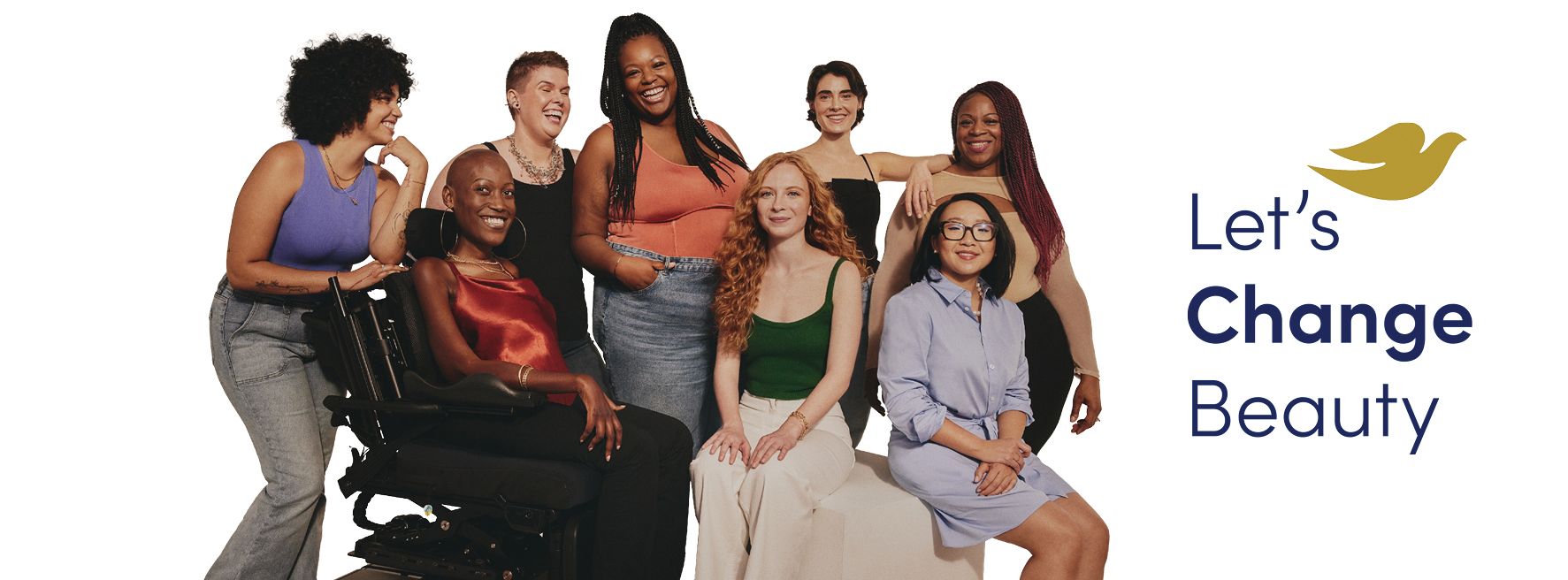
The brand uses digital marketing, particularly social media campaigns, to connect with its consumers. Influencer marketing, alongside traditional TV and print media, plays a crucial role in Dove’s strategy to promote positive and authentic beauty. This integrated approach has enabled Dove to become a global leader in the personal care industry.


Learn Digital Marketing for FREE

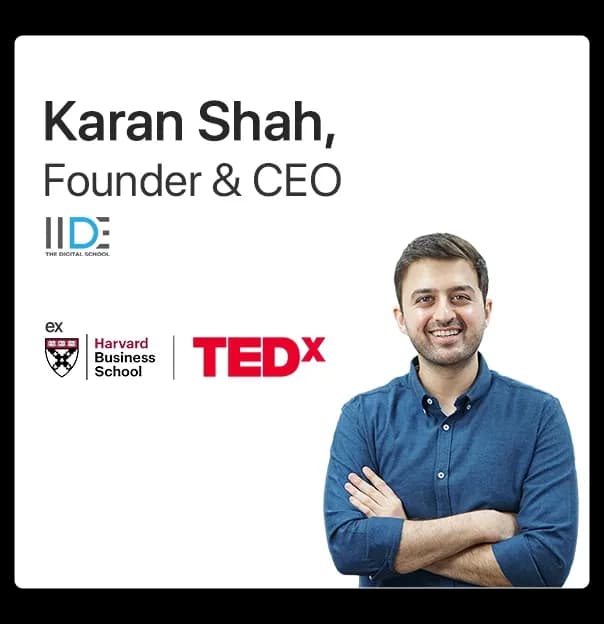
Marketing Objective or Business Challenge
Dove faced a significant challenge in 2025: the rise of AI-generated beauty content online that reinforced narrow beauty standards, excluding real diversity.
Research has shown that one in three women felt pressured to change their appearance based on these online portrayals.
The goal behind Dove's strategy was to protect and evolve its Real Beauty legacy while promoting inclusivity and authentic beauty.
Dove focused on brand recall and engagement, ensuring diverse beauty remained visible in the digital space.
The brand aimed to maintain trust and loyalty by encouraging self-esteem and confidence among its audience.
Buyers Persona:

Aisha Mehta
Mumbai
Occupation: Student
Age: 19 years
Motivation
- To maintain a healthy lifestyle and self-care routine
- To explore new hobbies and personal growth opportunities
Interest & Hobbies
- Following skincare, wellness, and fitness trends
- Reading self-help articles and watching motivational videos
- Attending yoga or meditation sessions on the weekend.
Pain Points
- Feeling pressure from social media to look a certain way
- Struggling to find time for self-care amidst a busy schedule
- Often feeling self-conscious
Social Media Presence
- Active on Instagram, TikTok, and YouTube, mostly for inspiration and trends
- Follows creators for lifestyle tips, fitness motivation, and body positivity
- Engages in online communities for personal development and hobbies
Marketing Channels Used by Dove
Digital Marketing
1. Social Media Marketing: Dove heavily utilises platforms like Instagram and YouTube to promote its campaigns, engaging with consumers through inspirational content, testimonials, and real-life stories.
2. Content Marketing: Dove’s content is focused on empowering and educating its audience on self-esteem, beauty diversity, and the importance of self-love.
3. Influencer Marketing: Dove collaborates with real people and influencers to reinforce the message of self-acceptance. The brand avoids using professional models and focuses on everyday people.
Traditional Marketing
1. TV Ads & Print Media: Dove’s "Real Beauty" campaigns were featured mainly in print and television. It highlighted women of all shapes, sizes, and ethnicities, avoiding the traditional beauty standards.
2. Events: Dove organises events and collaborations that focus on enhancing self-esteem and encouraging women to embrace their natural beauty.
Dove Marketing Strategy Breakdown
1. Digital Marketing & Social Media
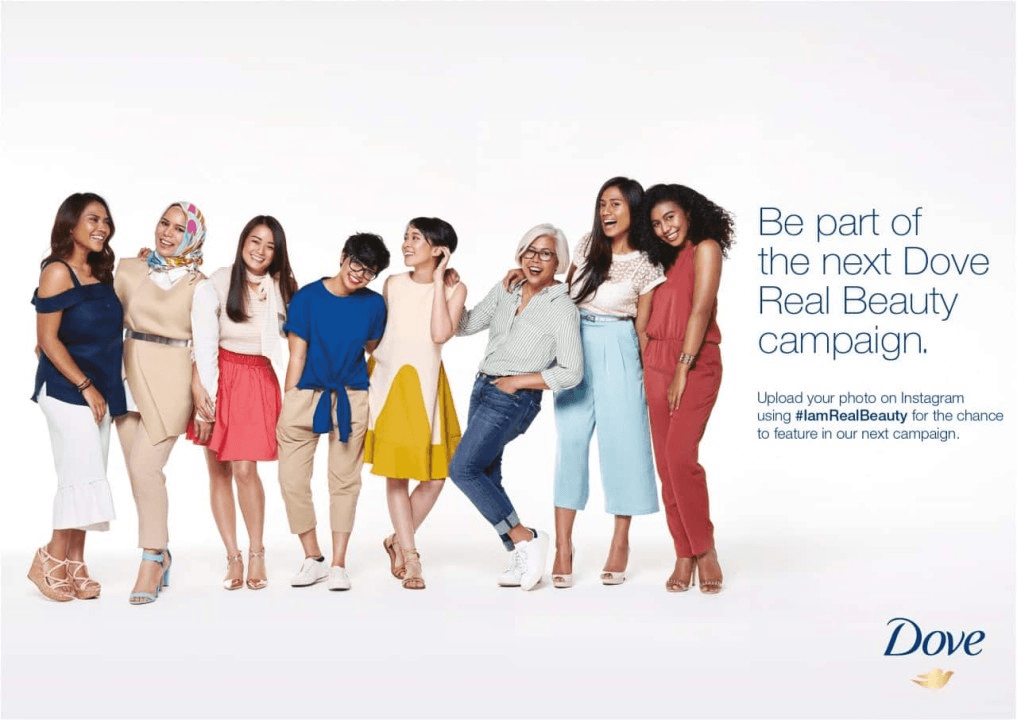
Dove leveraged social media to connect directly with audiences and encourage participation. Campaigns like #IamRealBeauty invited people to share their own photos and stories, creating a sense of community around authentic beauty.
The brand also collaborated with lifestyle creators, such as the Crumbl Cookies campaign, focusing on relatable, everyday moments rather than polished, staged ads.
On YouTube, Dove shared Shorts featuring real women talking about challenges with self-image and their journey toward confidence, reaching millions globally and inspiring viewers to embrace themselves.
2. Television Advertising
Dove’s TV campaigns in 2025 continued to showcase real women of all shapes, sizes, and ages, promoting self-esteem and body positivity.
A standout example was a Super Bowl ad featuring a young girl running joyfully, with the tagline:
“At 3, these legs are unstoppable; at 14, she'll think they're unbearable.”
This ad highlighted how self-perception changes over time and sparked meaningful conversations among parents and teens.
3. Influencer & Creator Collaborations
Dove partnered with over 100 micro-influencers worldwide to share authentic stories of everyday beauty. Influencers highlighted daily routines, moments of self-doubt, and ways they embraced confidence, making the campaigns relatable and genuine.
For younger audiences, Dove collaborated with children’s content creator Blippi on a 75-minute special, “Wonderful Talent Show”, aimed at children aged 4–6. The program encouraged kids to celebrate their unique talents and build confidence from an early age.
4. Print Media & Out-of-Home (OOH) Advertising
Dove used print and outdoor ads to create high-visibility campaigns that challenged traditional beauty standards.
Partnered with Sports Illustrated for a special edition celebrating young female athletes, highlighting confidence and inclusivity in sports.
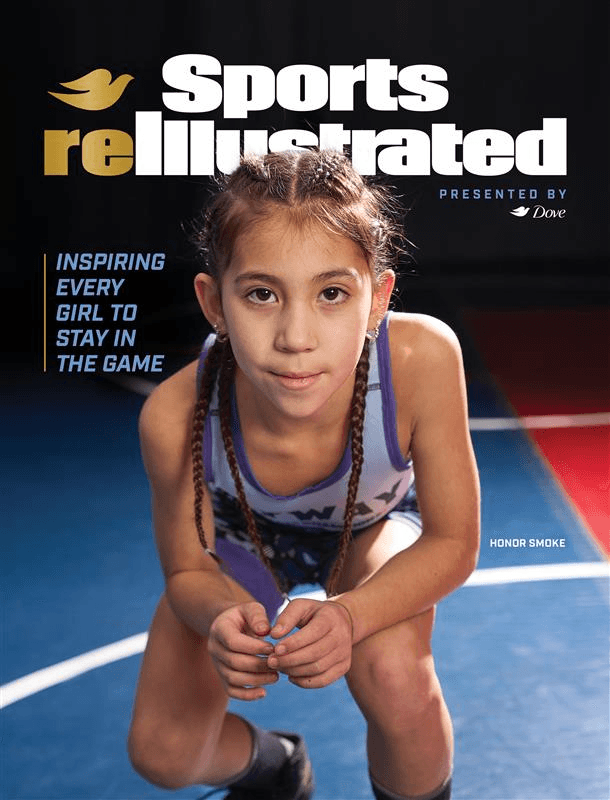
Magazine spreads in Elle, Vogue, and Femina shared stories of women breaking stereotypes in careers and everyday life, reinforcing Dove’s Real Beauty message.
5. Content Marketing & Storytelling
Content played a central role in Dove’s strategy.
Through the Dove Self-Esteem Project, the brand offered blogs, online workshops, and educational resources for teenagers and parents.
These initiatives focused on building self-worth, raising awareness about beauty pressures, and promoting body confidence.
6. Retail & In-Store Marketing
Dove brought its Real Beauty message into retail experiences to reach consumers directly.
Product displays and inclusive packaging highlighted diversity, catering to all skin types, hair textures, and age groups.
Pop-up stalls in malls and collaborations with lifestyle brands like Crumble Cookies allowed shoppers to engage interactively with the brand.
All in-store activations were aligned with digital campaigns, ensuring consistent messaging and leaving a memorable impression on customers.
Results & Impact
Dove’s 2025 marketing strategy reinforced its leadership in the inclusive beauty space.
The Real Beauty campaign drove high single-digit sales growth, contributing to Unilever’s 3% overall sales increase.
The AI-focused Real Beauty Redefined campaign reached 787 million impressions, while a Pinterest homepage takeover engaged 27 million users and boosted brand recognition.
Collaborations with 1,047 creators generated 1.9 billion impressions and 44.6 million engagements, strengthening audience connection.
Initiatives like the Dove Self-Esteem Project and Blippi’s 75-minute special promoted confidence and positive body image among children and parents.
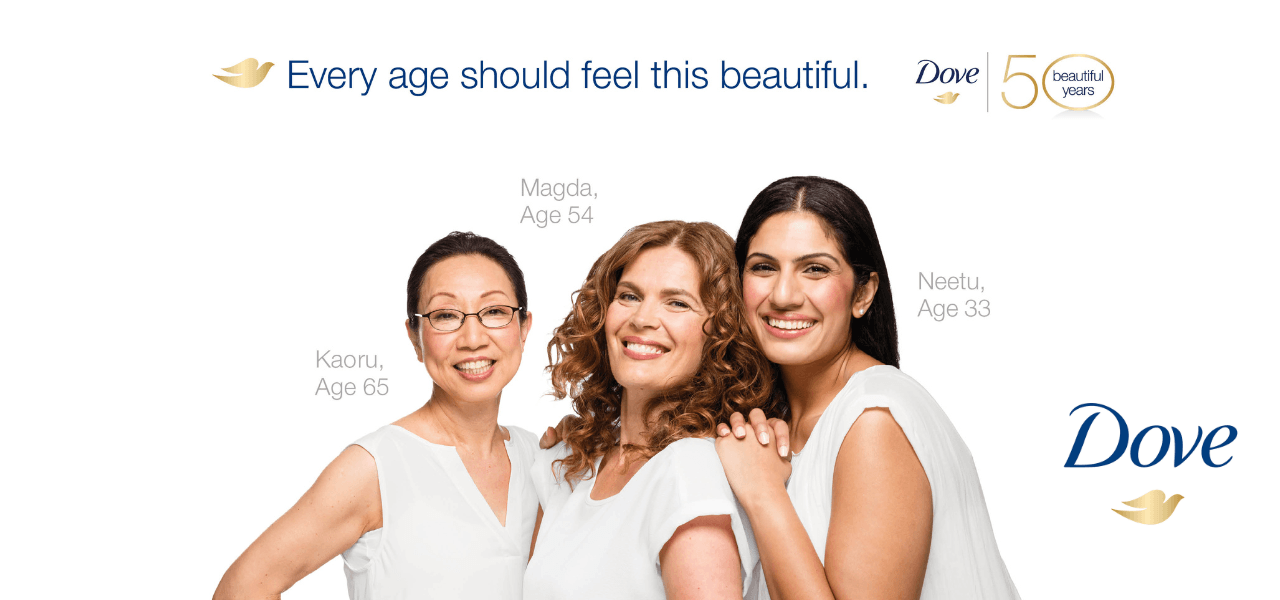
Did you like Dove's marketing strategy? Examine Dove's SWOT Analysis to gain a deeper understanding of its position within the beauty industry, including its strengths and weaknesses.
What Worked & Why
Dove’s success came from addressing a real problem: unrealistic beauty standards affecting self-esteem. The brand promoted inclusivity and authentic representation, helping people feel confident in their own skin.
A multi-channel approach, TV, print, social media, and in-store experiences ensured the message reached audiences everywhere with consistent impact.
Influencer marketing and user-generated content shared authentic stories, making the campaign relatable and personal.
Educational initiatives, such as the Dove Self-Esteem Project and the Blippi special, engaged younger audiences while promoting a positive body image.
Industry recognition, including the Cannes Lions Grand Prix 2025, validated the campaign’s creativity and reinforced Dove’s leadership in the real beauty movement.
What Did Not Work & Why
Some AI-generated content didn’t fully represent diversity, leaving certain users feeling excluded.
Offline channels, such as TV, print, and OOH, created awareness but lacked measurable engagement.
Experiential campaigns, such as pop-ups and AR mirrors, were creative but had limited scalability due to logistics.
IIDE Student Recommendations: Key Areas for Brand Improvement
Even though Dove’s Real Beauty Redefined for the AI Era campaign was a success, there are opportunities to make it even more engaging and inclusive. Here’s how:
AI Feedback Loops for Better Representation
- Some AI-generated outputs didn’t fully capture the diversity of beauty across different cultures, body types, and age groups.
- Dove could integrate a feedback feature within the Real Beauty DNA tool, allowing users to rate how accurately the AI represents their appearance.
- Collecting this data would enable Dove to continuously fine-tune AI models, ensuring more inclusive, authentic, and culturally sensitive outputs that resonate with a global audience.
QR Codes & AR Experiences on Offline Media
- Traditional channels, such as TV, print, and outdoor advertising, can be made interactive by incorporating QR codes or AR triggers. Scanning these would lead users to the Real Beauty DNA tool, the Dove app, or interactive microsites.
- This approach bridges the gap between offline and online experiences, creating measurable engagement while making traditional media more engaging and memorable.
Cause-Driven Collaborations
- Dove can strengthen its purpose-driven identity by partnering with NGOs, mental health organisations, or educational platforms to conduct workshops and webinars on digital well-being, AI bias, and body positivity.
- These collaborations would provide tangible social impact, deepen consumer trust, and reinforce Dove’s commitment to promoting inclusivity beyond marketing campaigns.
Podcast / Audio Storytelling Series
- Launching a podcast or audio series on platforms like Spotify or YouTube can help Dove reach audiences who prefer audio content.
- Featuring women, AI experts, psychologists, and influencers discussing beauty in the digital era, this initiative positions Dove as a thought leader, spreads awareness about inclusive beauty, and creates a platform for educational storytelling that complements visual campaigns.
Tier 2 & Emerging Market Outreach
- Dove can expand its reach to Tier 2 cities and emerging markets by launching region-specific campaigns in local languages across digital platforms, radio, and regional TV channels.
- Collaborating with local influencers, hosting pop-up events in shopping hubs, and partnering with community centres or schools can make Dove’s messaging accessible, relatable, and culturally relevant to audiences outside metropolitan areas.
- This approach ensures inclusivity while building brand loyalty in previously under-reached markets.
Want to Know Why 2,50,000+ Students Trust Us?
Dive into the numbers that make us the #1 choice for career success

MBA - Level
Best For
Fresh Graduates
Mode of Learning
On Campus (Mumbai & Delhi)
Starts from
Jan 5, 2026
Duration
11 Months
Live & Online
Best For
Working Professionals
Mode of Learning
Online
Starts from
Dec 19, 2025
Duration
4-6 Months

Online
Best For
AI Enthusiasts
Mode of Learning
Online
Duration
5 Months
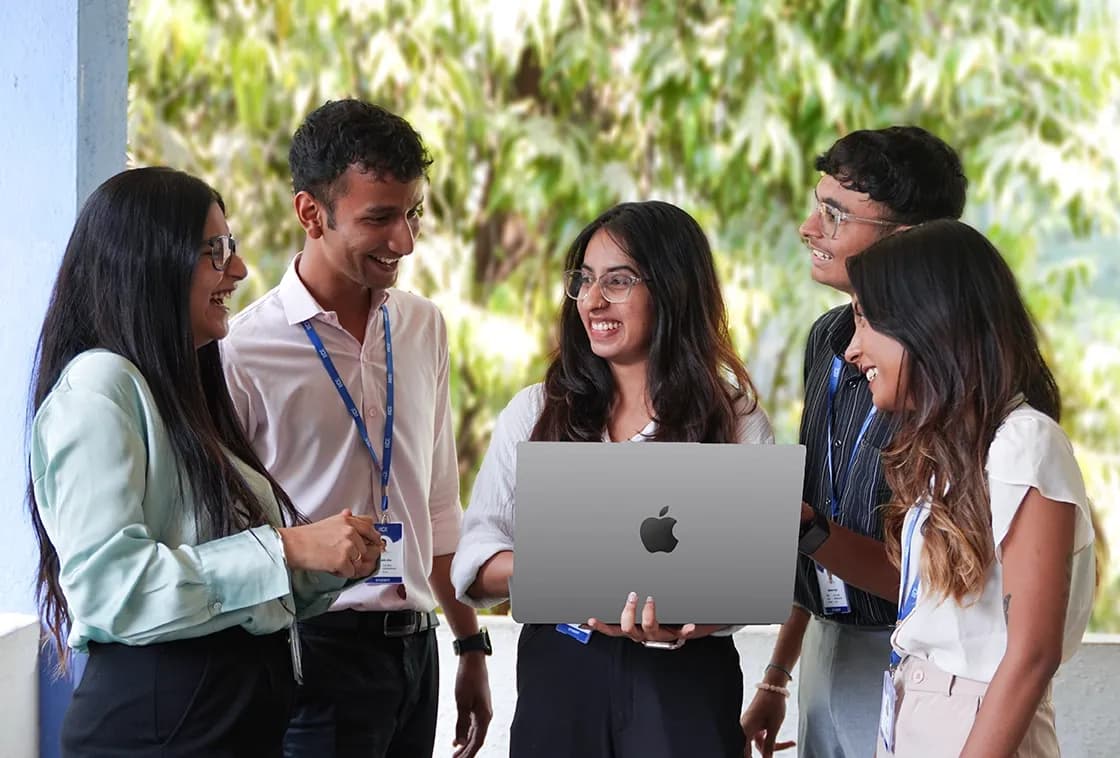
Offline
Best For
12th Passouts
Mode of Learning
On Campus (Mumbai)
Duration
3 Years
Recent Post
Aditya Shastri leads the Business Development segment at IIDE and is a seasoned Content Marketing expert. With over a decade of experience, Aditya has trained more than 20,000 students and professionals in digital marketing, collaborating with prestigious institutions and corporations such as Jet Airways, Godrej Professionals, Pfizer, Mahindra Group, Publicis Worldwide, and many others. His ability to simplify complex marketing concepts, combined with his engaging teaching style, has earned him widespread admiration from students and professionals alike.
Aditya has spearheaded IIDE’s B2B growth, forging partnerships with over 40 higher education institutions across India to upskill students in digital marketing and business skills. As a visiting faculty member at top institutions like IIT Bhilai, Mithibai College, Amity University, and SRCC, he continues to influence the next generation of marketers.
Apart from his marketing expertise, Aditya is also a spiritual speaker, often traveling internationally to share insights on spirituality. His unique blend of digital marketing proficiency and spiritual wisdom makes him a highly respected figure in both fields.